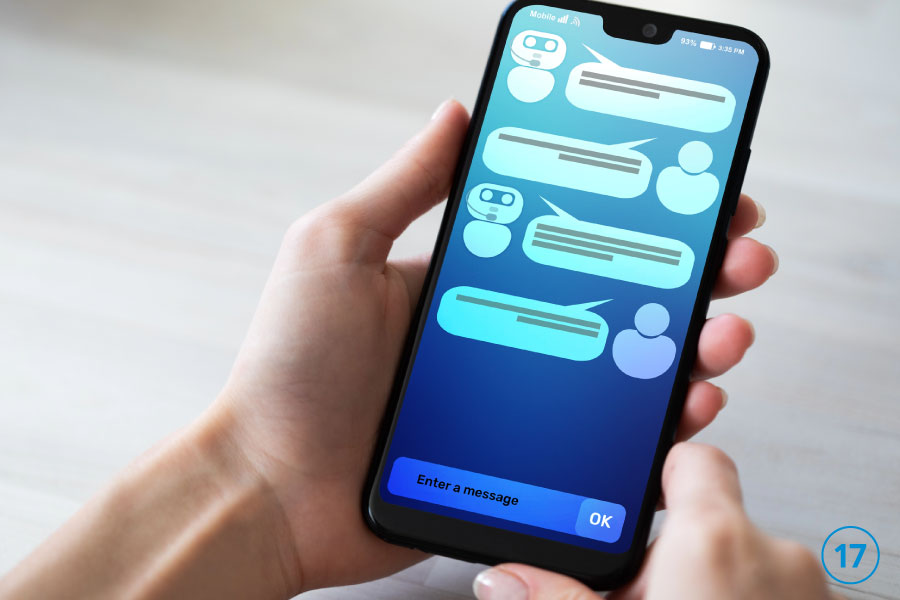In today’s fast-paced digital world, businesses are increasingly turning to chatbots to handle customer support. These AI-powered assistants are available 24/7, can handle thousands of queries simultaneously, and offer quick responses—making them an attractive option for improving customer experience and operational efficiency.
But are chatbots the silver bullet for customer support? Let’s take a look at the pros and cons to help businesses decide whether integrating chatbots is the right move.
✅ Pros of Using Chatbots for Customer Support
1. 24/7 Availability
One of the biggest advantages of chatbots is their ability to provide support around the clock. Unlike human agents, chatbots don’t need sleep, breaks, or vacations. This ensures that customers get instant help anytime—day or night.
2. Instant Response Time
Chatbots can respond in seconds, significantly reducing wait times. This speed enhances the customer experience, especially for simple, repetitive inquiries like checking order status or resetting passwords.
3. Scalability
During peak periods, human support teams can get overwhelmed. Chatbots can handle multiple conversations at once without any drop in performance. This scalability ensures consistent service regardless of volume.
4. Cost Savings
While there’s an initial investment in developing or subscribing to a chatbot platform, the long-term savings can be substantial. Businesses can reduce the size of their support teams or allocate human agents to more complex tasks, optimizing resources.
5. Consistent Answers
Chatbots provide standardized responses, which helps maintain consistent quality and avoids miscommunication or human error—especially important for regulated industries or high-stakes services.
⚠️ Cons of Using Chatbots for Customer Support
1. Limited Understanding
Despite advances in AI, many chatbots still struggle with complex or nuanced queries. If the conversation veers off-script or contains slang, sarcasm, or multiple intents, the bot may provide incorrect or unhelpful responses.
2. Lack of Personalization
Human agents can detect tone, empathize, and adapt their approach based on the customer’s mood or issue. Chatbots, while improving, still fall short in delivering that personal, emotional touch.
3. Frustration with Rigid Scripts
Customers can get frustrated if they feel trapped in a loop or if the chatbot keeps asking the same questions. Poorly designed bots can worsen the customer experience rather than enhance it.
4. Escalation Issues
Not all chatbots are equipped with a smooth hand-off process to human agents. If escalation isn’t handled properly, it can lead to delays, confusion, or lost conversations—further frustrating the customer.
5. Security and Privacy Concerns
Chatbots handle sensitive customer data, which makes them potential targets for cyberattacks. If not properly secured, they can pose a risk to both the business and its customers.
🤖 So, Should You Use a Chatbot?
Chatbots are a powerful tool—but they’re not a one-size-fits-all solution. For businesses dealing with high volumes of simple, repetitive inquiries, chatbots can be a game-changer. But for companies that rely on deep customer relationships or handle complex, sensitive issues, human agents are still essential.
The sweet spot often lies in a hybrid approach—using chatbots to handle the routine, and seamlessly handing off to human agents when needed. This balances efficiency with empathy, ensuring a better experience for everyone involved.
Final Thought: As chatbot technology continues to evolve, their ability to understand context and emotion will improve. But for now, businesses should see them as a support tool, not a replacement for human interaction.





